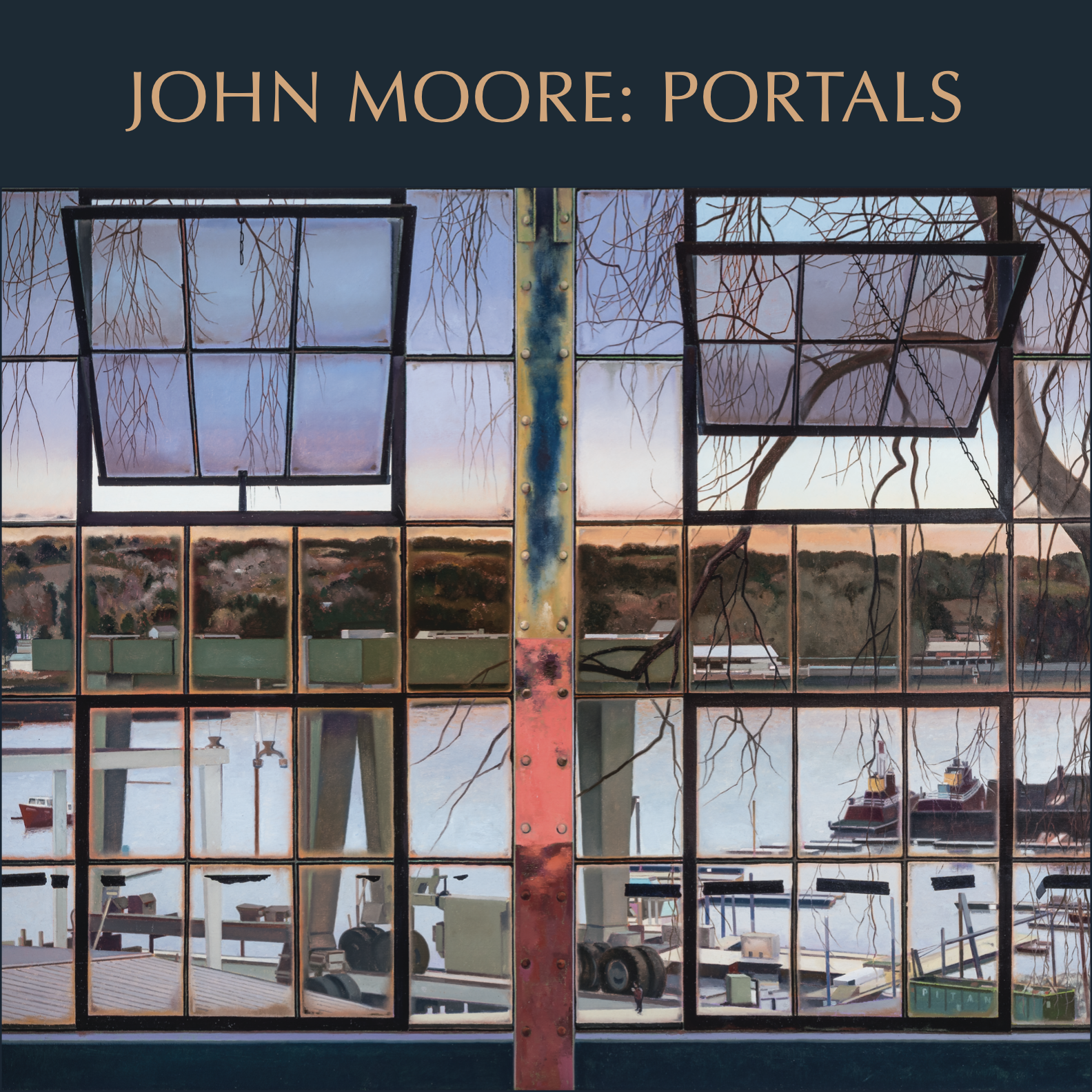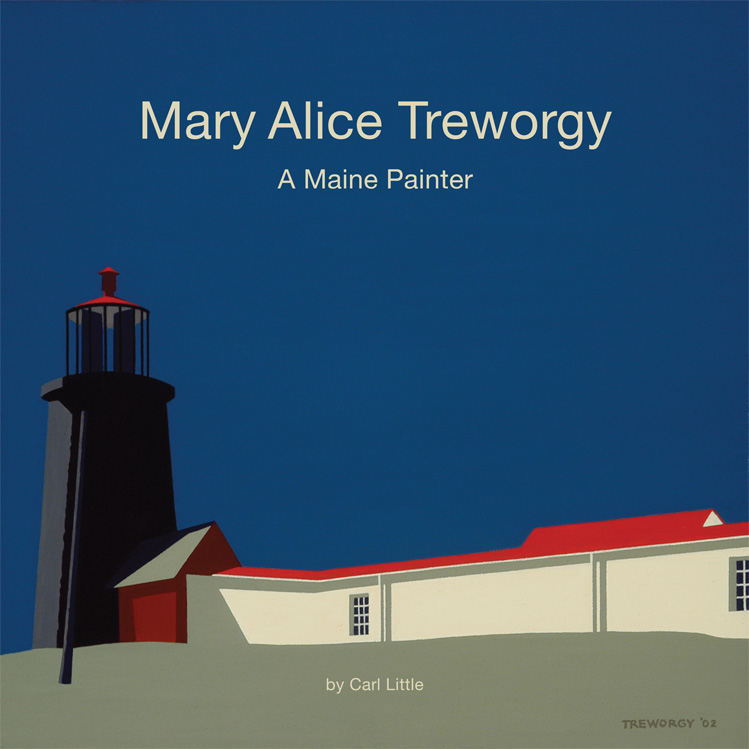
John Moore: Portals
Writers Suzette McAvoy, John Stomberg, Carl Little, and Rossana Warren
Published by Marshall Wilkes
Coming Fall 2024
Marshall Wilkes is pleased to announce they are publishing John Moore: Portals, a comprehensive monograph on the artist’s career. The book is divided into four thematic sections: Urban, Industrial, Windows, and Elegies. Writers Suzette McAvoy, John Stomberg, Carl Little, and Rossana Warren tease out art-historical and literary connections from Nicolas Poussin and Jean-Siméon Chardin to Wallace Stevens. Warren, Vincent Katz, and Geoffrey Young contributed poems. An afterword by Christina Kee highlights the vision of collector William Louis-Dreyfus, who acquired forty of Moore’s paintings. Eighty color plates will be reproduced in the book, which will be released in the fall of 2024.
by Carl Little with foreward by Frederick Stecker Mary Alice Treworgy: A Maine Painter follows the artistic career and life of Mary Alice Treworgy, a modern-day precisionist who found inspiration on Monhegan Island and elsewhere in Maine and New England. Author Carl Little traces Treworgy’s journey in art, from a childhood infatuation with paint to studies at the Massachusetts College of Art, a career in graphic design, and critical notice as a painter.
Born in Baltimore in 1936, the great-granddaughter of board game creator Milton Bradley, Treworgy lived for much of her life in Brunswick, Maine, where she raised her family and maintained a studio. Treworgy studied with noted painters, including Joseph Nicoletti, Thomas Cornell, and Wolf Kahn, and attended the Vermont Studio Center on several occasions.
In 1991, Treworgy discovered the work of the American precisionists, which further sharpened her geometric approach. Her work was shown at Maine Coast Artists and numerous galleries, reviewed by critics Philip Isaacson and Pat Davidson Reef, and juried into three biennials at the Portland Museum of Art.
An introduction by Episcopal minister and author Frederic Stecker offers a personal account from his perspective as a member of the Monhegan summer community and as a collector of Treworgy’s paintings. “Mary Alice has taught us well,” he writes. “She paints the object’s essence; there is really more to see and to understand if you remove the distractions.”
Recent Publications

Mary Alice Treworgy: A Maine Painter
Published by Marshall Wilkes
Hardcover, 108 pages
10 x 10 inches
104 Color Plates
ISBN: 978–0–9839670–7-1
Price: $35.00